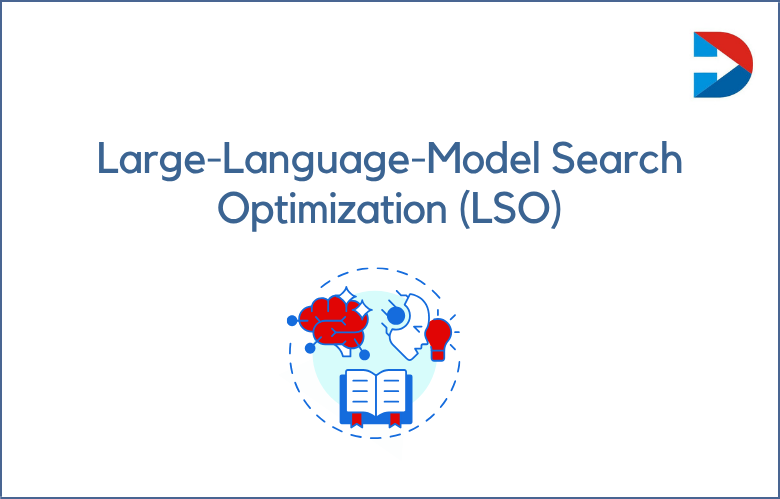Advocacy advertising is marketing to promote a specific cause or encourage a particular social or political action.
Through this form of advertising, companies, organizations, or individuals use their platform and influence to encourage people to take a stand and collaborate towards a common goal.
This type of advertising can motivate people, change opinions and behaviors, and create a significant impact. We will explore the power of advocacy advertising and discuss how it can drive change.
How Advocacy Advertising Works.
Advocacy ads often aim to inspire people with moving stories or images, followed by a call to action. An example would be an advertisement by the American Red Cross urging people to donate blood.
This type of campaign is effective because it connects with people emotionally and encourages them to take action. These ads raise awareness of specific social issues, leading to support and change.
What is Advocacy Advertising?
Advocacy advertising is a form of marketing that seeks to promote a specific idea or cause. This type of advertising is not intended to sell a product or service but rather to influence public opinion and policy.
Businesses, non-profit organizations, or political campaigns can use advocacy advertising. Explore advocacy advertising, how it works, and examples of successful campaigns.
At its core, advocacy advertising seeks to persuade people to take a particular action. This might be to donate to a charity, vote for a particular candidate, or support a specific policy.
Advocacy advertising often appeals emotionally to the viewer, using stories of individuals impacted by the issue. By making an emotional connection, the viewer is more likely to become invested in the cause and take action.
How to Create Effective Advocacy Advertising
To create effective advocacy advertising, it is essential to have a clear message that connects with your target audience. The letter should be emotional, personal, and memorable, with a clear call to action.
You chose the proper channels to reach your target audience, whether social media, TV, or print advertising. It’s essential to measure and analyze the results of your advertising campaign to see what worked and what didn’t.
Understanding Advocacy Advertising and Its Role in Society
Advocacy advertising is a marketing technique that seeks to influence the public’s perception or attitude toward particular social or political issues.
It is an influential tool organization, governments, and individuals use to promote specific causes, create awareness, and encourage social change.
Advocacy advertising is prevalent across various media platforms in today’s society. It aims to examine advocacy advertising, how it works, and its role in society.
Advocacy Advertising: Empowering Businesses to Create Positive Change
In today’s world, businesses have the power to address social, economic, and environmental challenges that affect our world. Corporations can take a stand and proactively initiate change through advocacy advertising.
Advocacy advertising allows companies to bring awareness to social issues and persuade people to take action. We will discuss the benefits of advocacy advertising and how it can empower businesses to drive positive change in society.
Using Advocacy Advertising to Raise Awareness
Advocacy advertising plays a significant role in raising awareness about specific issues. Companies and organizations can use their marketing channels to inform the public about social, political, or environmental issues.
For example, environmental advocacy groups can run ads highlighting climate change’s effect on the earth and encouraging people to adopt eco-friendly behaviors.
Similarly, advocacy groups can use advertisements to inform the public about social injustices, human rights abuses, or healthcare challenges. By raising awareness of the issues, advocacy advertising can spark conversations, drive engagement, and encourage action.
Advocacy Advertising Drives Action
Advocacy advertising is about raising awareness and motivating people to take concrete action. Advocacy groups or companies can use their advertising to inspire individuals to take a stand, donate to a cause, or participate in specific activities that support social or political change.
For example, after the Black Lives Matter protests, many corporations ran ads condemning racism and encouraging their customers to support these movements.
Similarly, during the COVID-19 pandemic, many companies used their advertising to encourage people to follow health guidelines, get vaccinated, and help those affected.
Advocacy Advertising Facilitates Change
Advocacy advertising can contribute to systemic change by bringing attention to critical issues and facilitating collective action. For example, advocacy advertising played a crucial role in raising awareness of the problems faced by the LGBTQ+ community.
By promoting equality and acceptance through advertising, the public became more educated and open to change.
Over time, attitudes and behaviors changed, leading to significant policy changes in countries worldwide. Similarly, advocacy advertising has helped to mobilize support for climate change, human rights, and healthcare policies.
Advocacy Advertising Creates Brand Loyalty
Advocacy advertising not only contributes to social or political change, but it can also drive business benefits.
Companies can create a strong brand image and gain customer loyalty by engaging with advocacy issues. Consumers are more likely to support companies that stand for a cause and use their influence to drive positive change.
For example, companies that pledged support to the Black Lives Matter movement experienced increased brand loyalty from customers who shared their values. Companies create a positive reputation and drive sales by promoting activism and social consciousness.
Advocacy Advertising Can Be Controversial
Despite the benefits of advocacy advertising, the approach can sometimes be controversial. Some argue that companies should not engage in political or social issues and focus solely on selling their products.
Others criticize advocacy advertising as disingenuous, a form of “woke-washing,” where companies use social issues for self-promotion.
However, in today’s socially aware culture, companies that remain neutral in the face of injustice or unfairness risk losing customers and their reputation.
Advocacy advertising creates space for companies to use their influence for good and encourages them to become visible actors in social and political discourse.
The Power of Advocacy Advertising on Social Media
Social media has become a launching pad for advocacy advertising campaigns. With so many people on social media, promoting social issues online is a fast and effective way to reach people.
Through social media, advocates can quickly spread information on essential causes and share resources that help people get involved. A robust social media campaign can create a buzz that makes it impossible for people to ignore.
Conclusion:
Advocacy advertising is a powerful tool for driving social change, raising awareness, and inspiring action.
It can facilitate collective action, sensitize people to critical issues and contribute to systemic change. Although controversial, advocacy advertising can also create brand loyalty and help companies establish themselves as authentic, socially conscious actors in the public domain.
As consumers, activists, and concerned citizens, we should support and encourage advocacy advertising to drive positive and lasting change.




